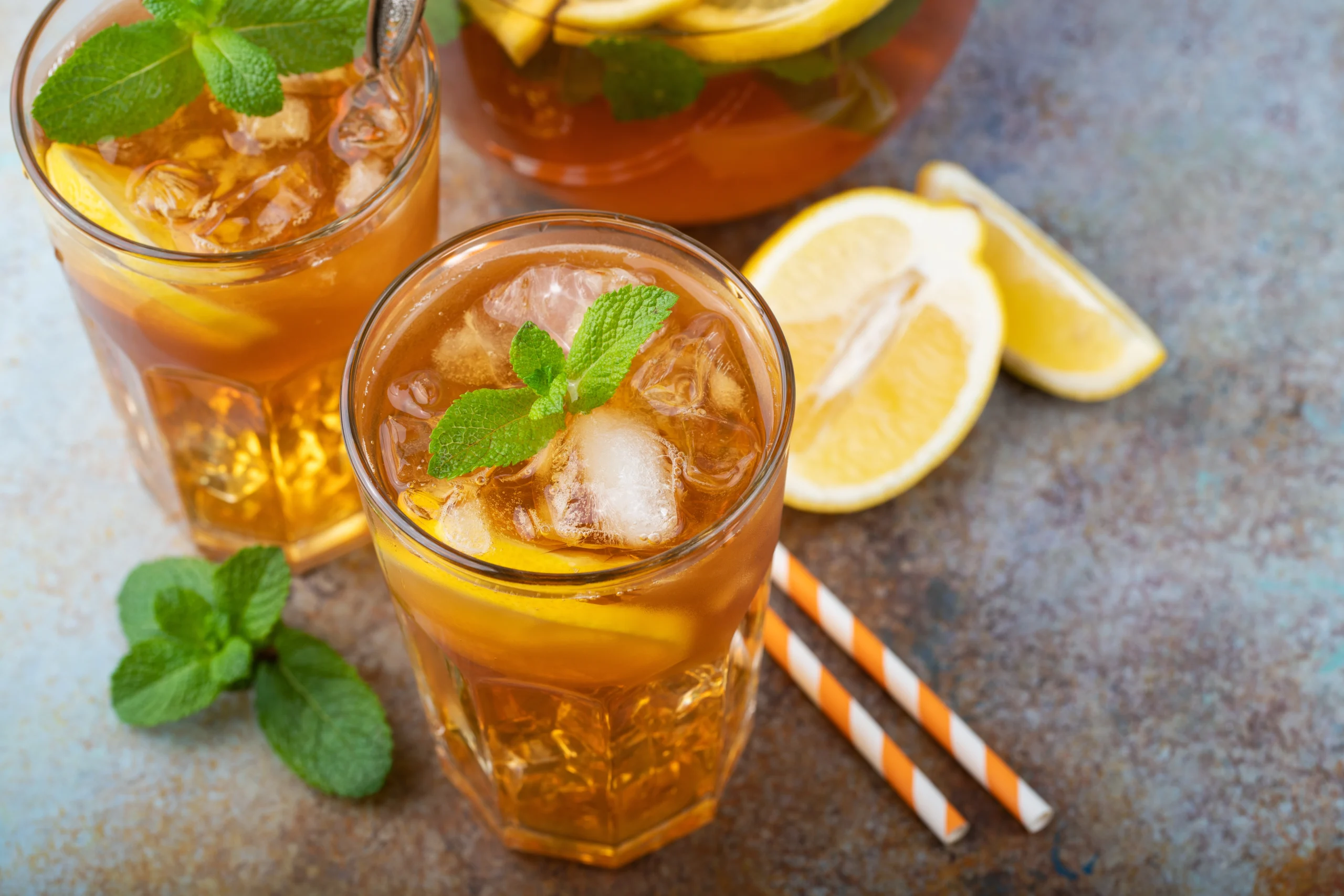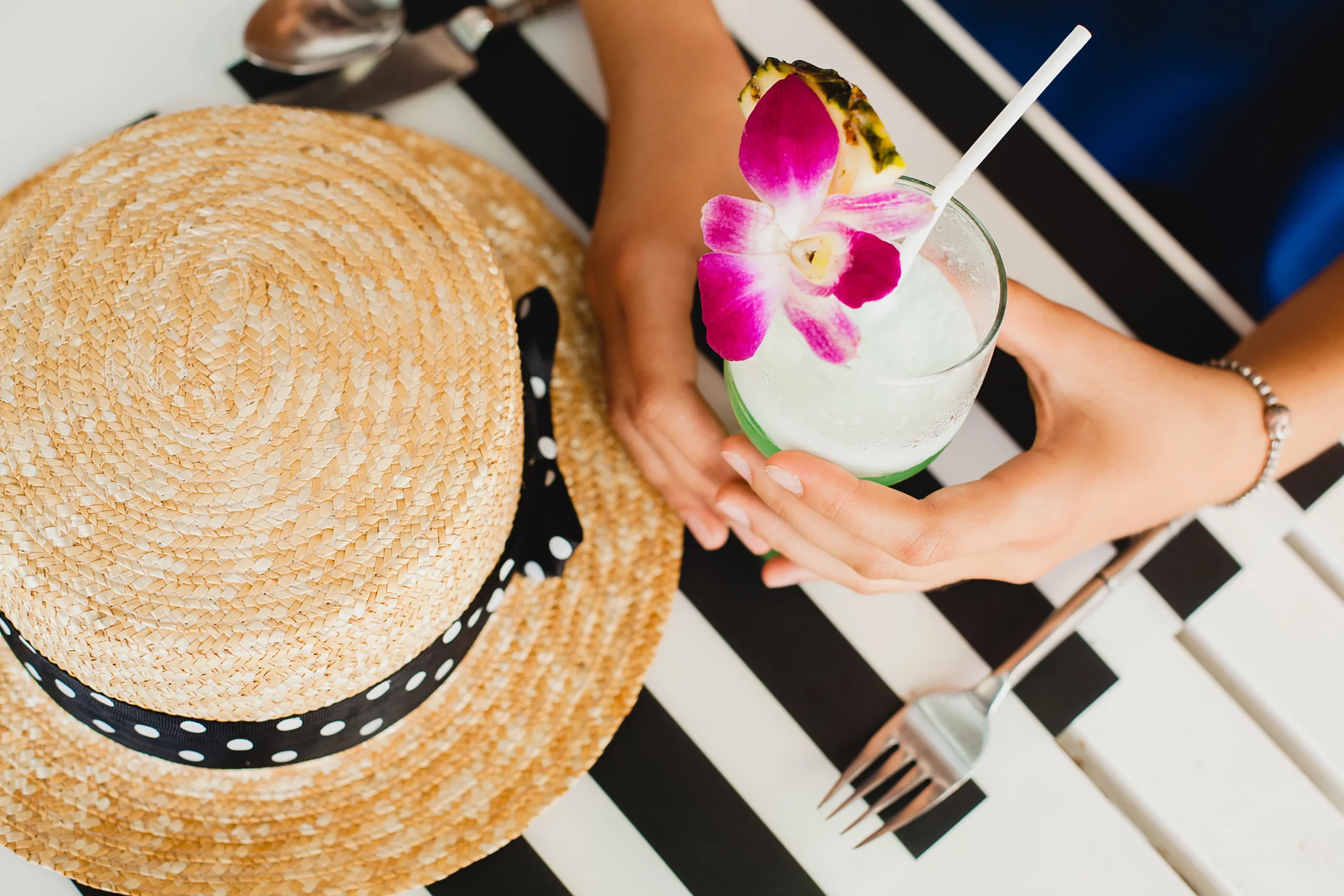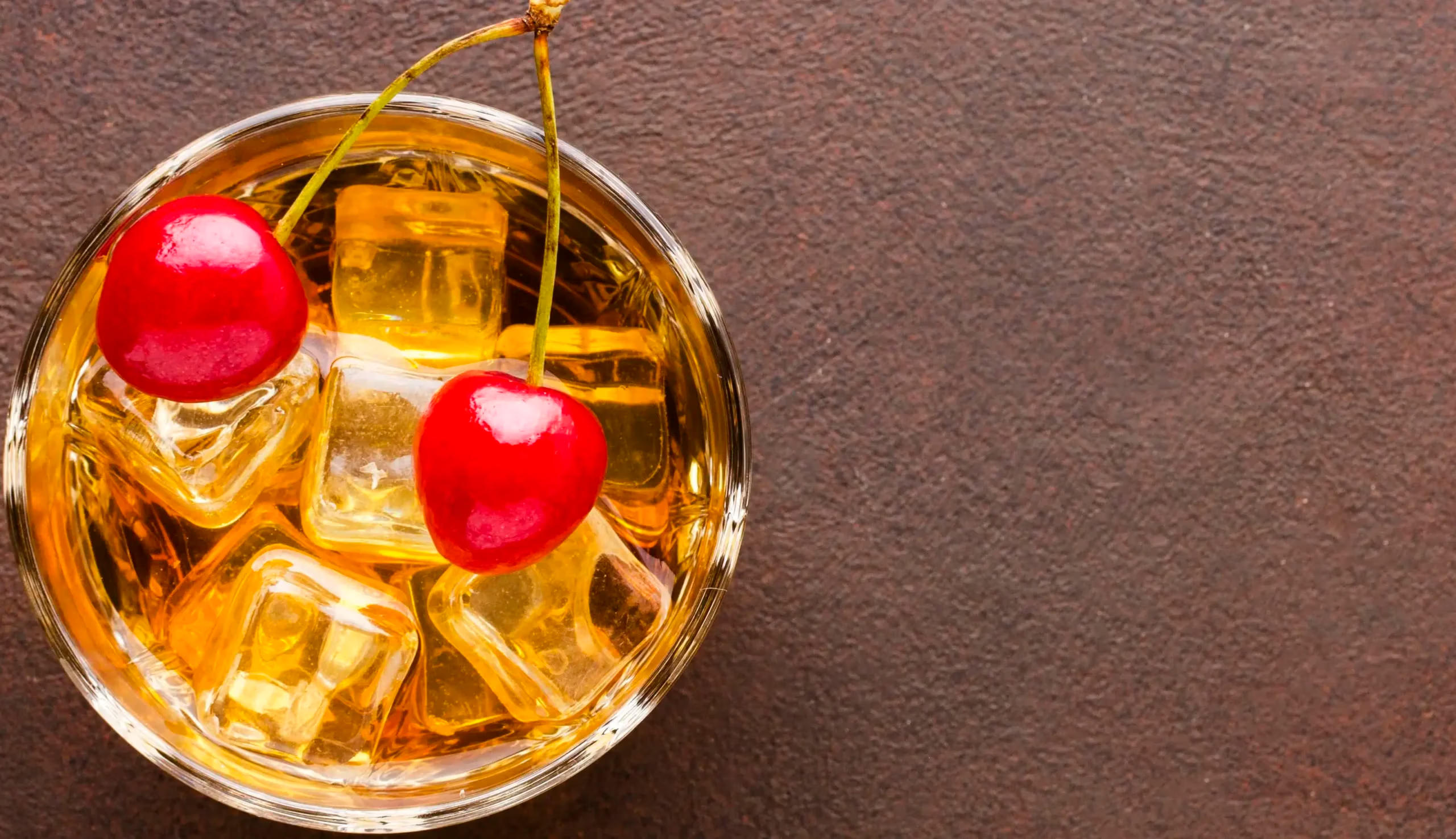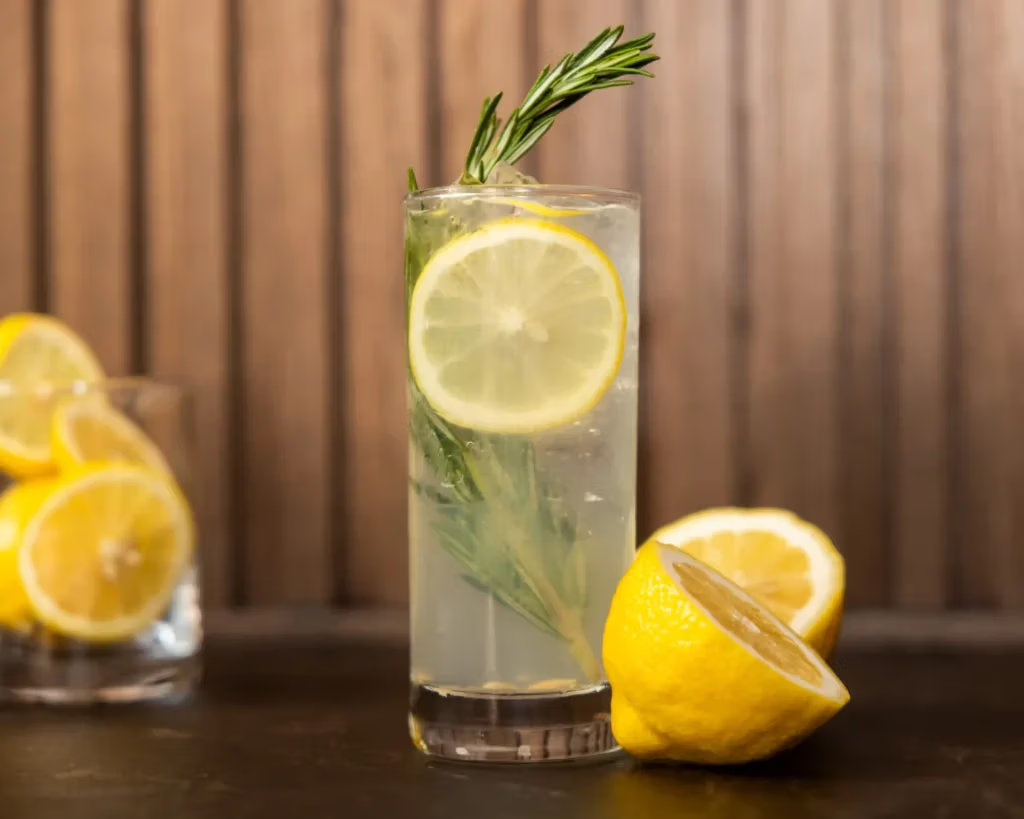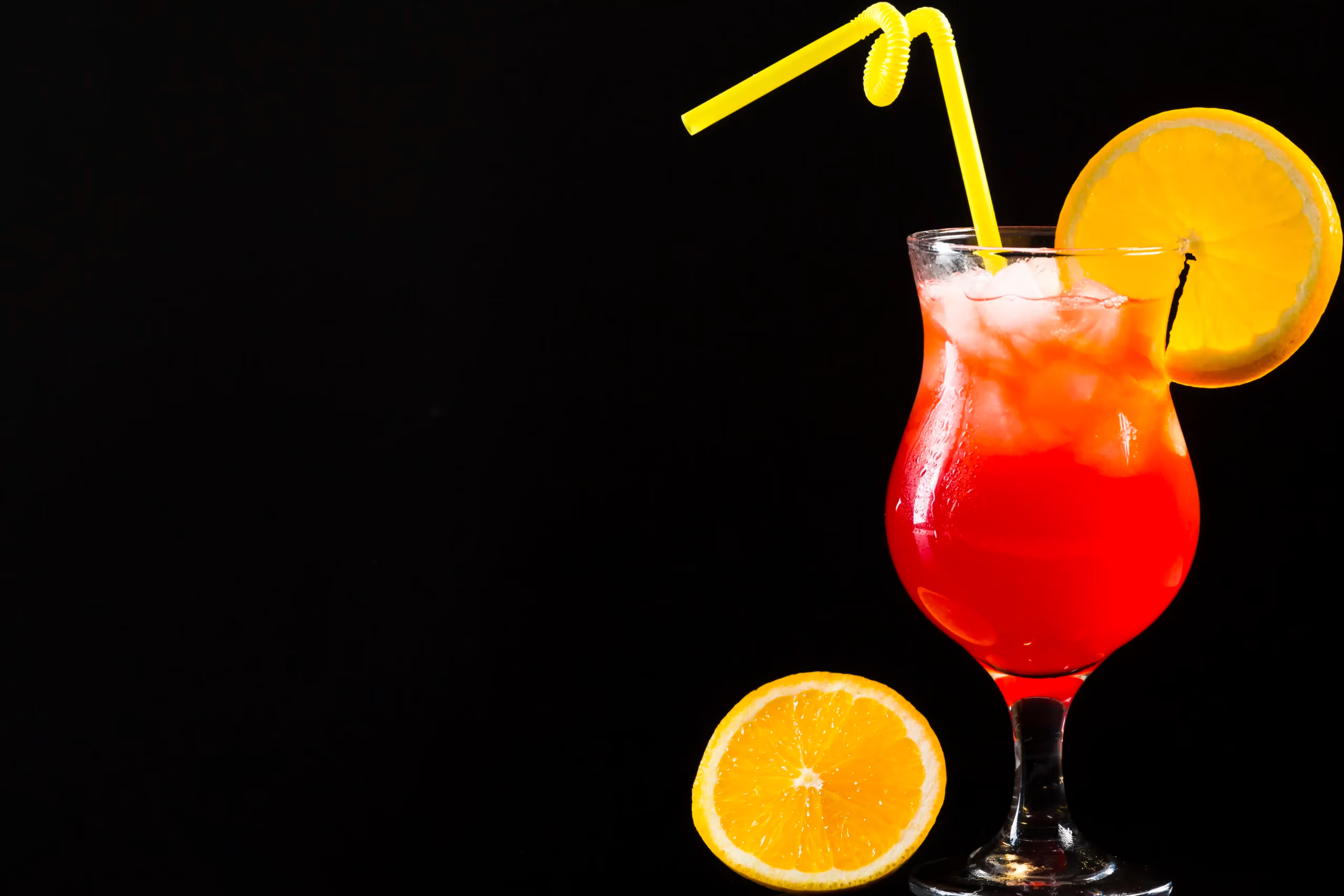When it comes to crafting the perfect cocktail, it’s not just about premium spirits or fancy garnishes—it’s about balance. Behind every well-made drink lies a delicate interplay of chemistry, physics, and sensory perception that determines how flavors interact, aromas develop, and satisfaction lingers. Understanding the science of balance in mixology can transform your approach to drink-making, whether you’re behind the bar or mixing at home.
What “Balance” Really Means in a Cocktail
In mixology, balance refers to the harmonious relationship between the key components of a drink—typically sweetness, acidity, bitterness, and alcohol strength. When these elements are in proportion, the cocktail feels smooth, flavorful, and complete. When one dominates, the drink can fall flat or taste harsh.
Sweetness softens acidity and bitterness while enhancing mouthfeel.
Acidity (often from citrus or shrubs) brings brightness and lift.
Bitterness adds depth and complexity, keeping sweetness in check.
Alcohol provides body, aroma, and a warming sensation that carries flavors.
This interplay mirrors what chefs aim for in cooking—a balance between salt, fat, acid, and heat. The best bartenders are, in a sense, liquid chefs applying the same principles to a glass.
For a deeper dive into how professionals craft that equilibrium, check out this guide to cocktail ingredients.
The Chemistry of Taste and Aroma
Our taste buds detect five primary flavors: sweet, sour, bitter, salty, and umami. But aroma—detected through the nose—accounts for roughly 80% of what we perceive as “flavor.” That’s why a cocktail’s bouquet is just as crucial as its ingredients.
When spirits are shaken or stirred with mixers, they release volatile compounds—tiny molecules responsible for scent and flavor. The right technique ensures these compounds are evenly distributed and properly diluted. For instance, shaking a citrus cocktail aerates the drink, brightening the aroma, while stirring a spirit-forward drink like a Negroni maintains clarity and smoothness.
Learn more about how aroma influences flavor perception and why your nose is your secret weapon behind the bar.
The Art of Dilution: Water’s Hidden Role
One of the most overlooked aspects of cocktail science is dilution. A perfectly balanced cocktail contains between 20–25% water by volume. Water opens up the spirit’s aromatic compounds, smooths the alcohol burn, and melds the flavors together.
Over-dilution can make a drink taste weak, while under-dilution leaves it hot and sharp. That’s why professional bartenders obsess over ice quality and technique—large, clear cubes melt slower, giving greater control over the process. In short, the right amount of meltwater is the unsung hero of cocktail balance.
Discover more about the physics of ice and dilution and why every cube counts.
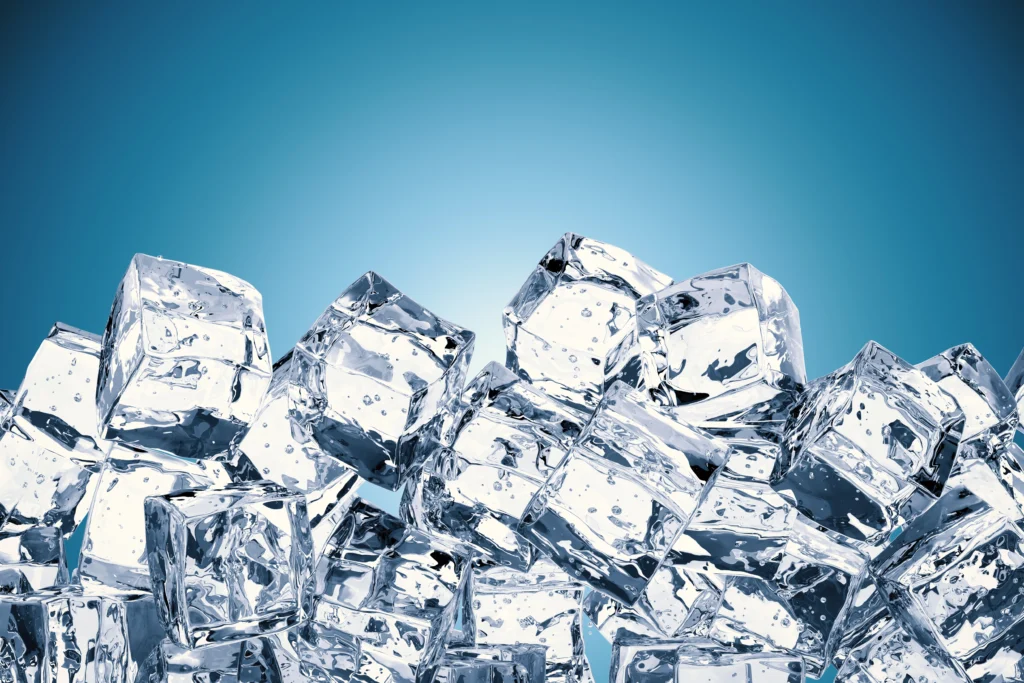
The Psychological Side of Balance
There’s also a psychological component to why balance feels satisfying. Humans are wired to seek equilibrium in sensory experiences. When sweetness offsets acidity or bitterness, it signals “completeness” to the brain. This is the same principle that makes a well-seasoned dish irresistible—it hits multiple taste receptors at once, keeping the palate engaged but not overwhelmed.
A well-balanced cocktail delivers a journey—it might start bright and tart, evolve into warmth and spice, then finish smooth and sweet. This progression is what separates a good drink from a memorable one. Read more about how our brains process flavor harmony to understand why balance feels so satisfying.
Practical Tips for Perfect Balance
You don’t need a lab or a professional bar setup to apply the science of balance. Here are a few tips for mastering it at home:
Follow classic ratios. Start with proven templates like the 2:1:1 formula (two parts spirit, one part sweet, one part sour).
Taste as you go. Adjust gradually—small changes in acidity or sweetness make big differences.
Use fresh ingredients. Fresh citrus and homemade syrups give you cleaner, more controllable flavors.
Mind your dilution. Shake or stir for the right amount of time (typically 10–15 seconds) to ensure proper chill and water integration.
Garnish intentionally. Aromatic garnishes—like citrus oils, herbs, or spices—enhance balance by reinforcing key flavor notes.
If you want to elevate your home bar, explore this cocktail technique breakdown that covers everything from shaking to layering.
Examples of Perfectly Balanced Cocktails
The Daiquiri: Rum, lime, and sugar—simple, elegant, and the definition of sweet-tart harmony.
The Negroni: Equal parts gin, Campari, and sweet vermouth create a flawless bitter-sweet equilibrium.
The Margarita: Tequila, lime, and orange liqueur showcase how acidity and sweetness dance in perfect rhythm.
Each of these classics adheres to balance principles that have been refined over generations, proving that science and art go hand in hand in mixology.
Conclusion: The Beauty of Equilibrium
The science behind the perfect cocktail is, at its heart, a celebration of balance—chemical, physical, and sensory. Every ingredient, temperature shift, and drop of water contributes to an intricate equation that defines how we experience flavor. Whether you’re a professional mixologist or a curious enthusiast, understanding why balance matters will elevate every drink you craft.
So the next time you sip a perfectly chilled cocktail, remember—it’s not just delicious. It’s chemistry in a glass.

